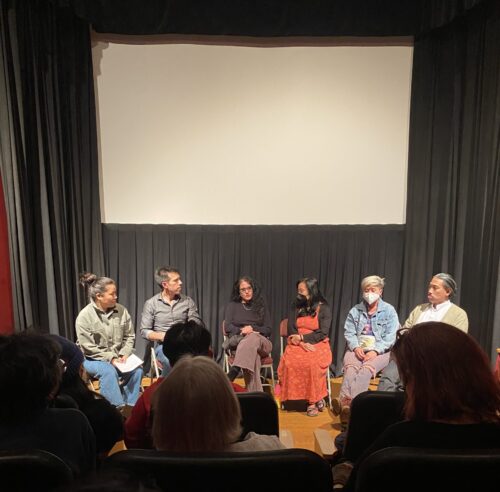COVID-19 ushers in a new dynamic in Chinese philanthropy
The 2008 earthquake in Sichuan Province has often been cited as a turning point in Chinese philanthropy, but with the ubiquity of mobile payments and a growing middle class, it is likely that philanthropic giving in China will break all records this year.

For most of the past century and a half, China had been a recipient — not a provider — of philanthropy abroad. However, as the world continues to respond to COVID-19, Chinese non-state actors now confront a historical opportunity to aid the West in return. A new group of philanthropists from China is emerging, often in partnership with others abroad, to establish new models of charitable giving and catalyze outward-bound philanthropy.
Jack Ma, co-founder of Alibaba, not only pledged millions of dollars domestically for medical supplies and vaccine development, but he used his foundation to support the procurement of critical supplies to the U.S., allowing for states in desperate need of PPE to gain access to reliable supplies. Tencent announced the creation of a $100 million global fund to support international efforts to address the pandemic, illustrating a rare example of Chinese donors delegating spending decisions to international trusted partners to solve global problems. By the end of March 2020, 61 Chinese companies donated PPE totaling over 22 million masks to 69 countries. By April, Chinese donors, foundations, and corporations had contributed nearly $1 billion toward combating COVID-19, nearly a fifth of total worldwide donations at the time.
The pandemic has already shifted philanthropic patterns globally, including in the U.S., where we’ve seen less-restrictive grants and increased investment in minority-led charities. The 2008 earthquake in Sichuan Province has often been cited as a turning point in Chinese philanthropy, but with the ubiquity of mobile payments and a growing middle class, it is likely that philanthropic giving in China will break all records this year. And while donations and impact of Chinese philanthropists on the ground are unlikely to match national governments and globally leading foundations, the newfound enthusiasm of Chinese private donors for global outreach and participation highlights both a critical shift in their giving approaches and a clue to what may be coming next in international philanthropy.
*
Want to learn more? The Serica Initiative’s China Philanthropy & Nonprofit Newsletter is a monthly deep-dive into the trends, major players, and regulatory environment for philanthropic and nonprofit activity between the U.S. and China. Subscribe to the newsletter here.






